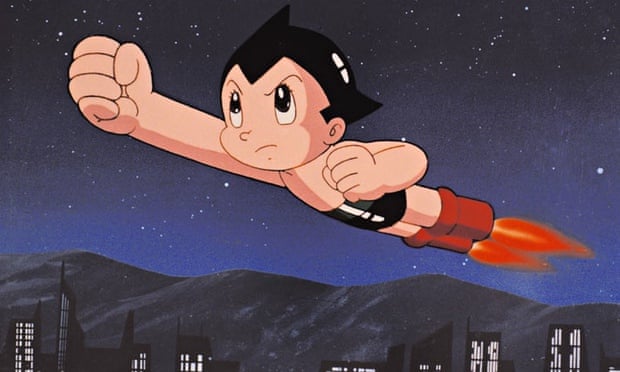History of Animation -
Anime (アニメ) is a word derived from “animation” and is used by people in Japan to refer to any animated drawings. In English, it is mostly used to refer specifically to Japanese animation. While the films looked different, the content would be familiar to anyone who watches anime today. They told funny stories about samurai and brought Japanese folk tales to life. According to Natsuki Matsumoto, the first animated film produced in Japan may have stemmed from as early as 1907. Known as Katsudō Shashin (活動写真, "Activity Photo"), from its depiction of a boy in a sailor suit drawing the characters for katsudō shashin.
In 1917, nearly twenty short animated films were released in Japan! It was in the middle of World War 1, and anime was a new curiosity. At the time, however, animation was mostly used in the context of anti-American propaganda. Manga artists Oten Shimokawa and Junichi Kouchi and painter Seitaro Kitayama were fascinated. Hired by existing film studios and working with very small crews, these three men were responsible for the remarkable output that first year and have been nicknamed “the fathers of anime.” In 1921, Kitayama left the company he had been working for to find the very first anime studio, Kitayama Eiga Seisakujo. Unfortunately, his studio did not survive the decade since it was very difficult to make money with anime. After 1945, and becoming the world’s second largest producer of animation, Japanese people are heavily influenced by number one: the United States.
Budgets never go up indefinitely, of course. Japan’s economy crashed in 1991, and budgets were cut back and many anime film and studios closed. Even in a recession, however, entertainment is always popular. Studio Ghibli weathered the storm on the strength of their latest hit, Majo no Takkyubin (Kiki’s Delivery Service), and TV continued to be fertile ground for funding. Toei released Sailor Moon in 1992, for example, to huge commercial success.
https://i.ytimg.com/vi/bkpMLAM0U7U/movieposter.jpg
Studios continue to adapt to advances in the way stories are told. One of the most popular shows on the air right now, One-Punch Man, is based on a webcomic. Two different short anime series have been made for the express purpose of viewing on mobile phones. The barriers to animation are being lowered by programs like Flash and Maya, and amateur animators can put their work directly on the internet for fans without needing a TV deal or a distributor.





Comments
Post a Comment